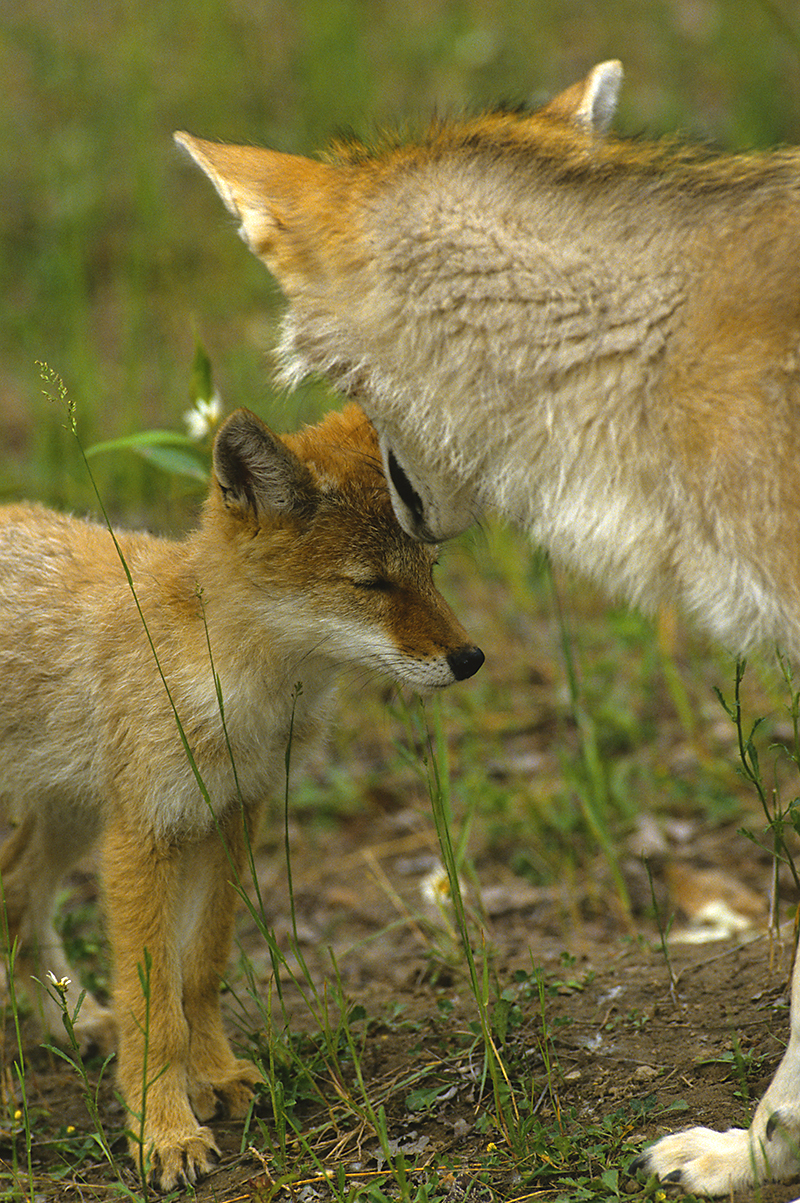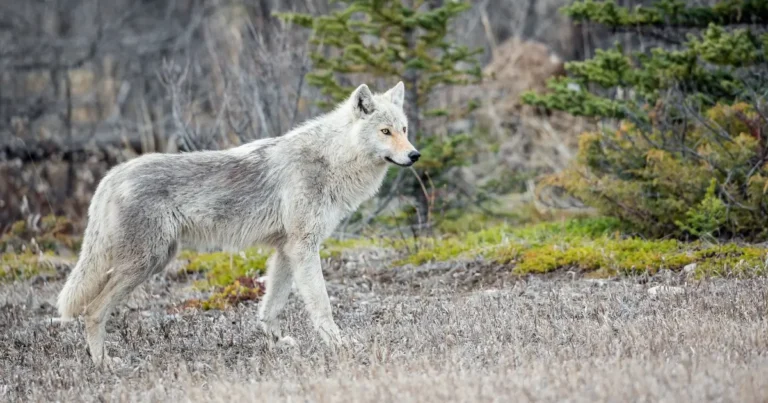
A lot of folks in our communities may not see it the way we do: young coyotes, bounding about, looking for new haunts and a couple of snacks. And that’s why it’s very important that we spread the message of compassionate co-existence.
It’s important first to really get to know the coyote as a species, and as individuals.
Coyotes are intelligent, emotional animals who live in families, where both the mother and father of a litter play a role in the rearing of pups. As canids, they are naturally curious, playful and quick learners – even through maturity, these puppy-like traits remain.
The adults mate for life and typically live among other coyotes from their bloodline, though stragglers will be accepted if they fit into the dynamics of the existing family.
When persecuted, or the family unit disrupted by unnatural events, coyotes will increase their litter sizes, an evolutionary trait that has made them one of the most adaptable terrestrial mammals in the world.
Though all of our supporters see coyotes as they are – beautiful, intelligent and a vital part of our urban and rural ecosystems – many still fear or misunderstand them. And that can lead to conflict.
In most cases, conflict boils down to a coyote being seen where people don’t think they should be; rarely does it mean physical contact between coyotes and people. But whenever conflict arises, it is almost always because of food. Just like our domestic dogs, coyotes can be persuaded to change their behaviour when food is involved (this is known as positive reinforcement), which can lead to their increased comfort around things of which they would ordinarily be wary.
The first step in ending or mitigating conflict scenarios is the removal of any attractants, which typically includes the intentional or unintentional feeding of wildlife. This can range from an overflowing bird feeder (which attracts rodents, which attract carnivores) to people literally leaving out a chicken dinner for coyotes. Once the attractants have been removed, making the location of potential conflict less desirable, it’s time to step up the lesson plan with hazing.
Aversion conditioning is the forced association of an unpleasant stimulus with an unwanted behaviour. In the case of coyotes, this concept (also known as hazing) is applied when animals are approaching areas that we deem inappropriate, such as backyards or playgrounds. Simply, the coyote learns that it’s not a good idea to be in such a location, and moves on. As long as the hazing is consistently applied, it is the easiest way to bring about the end to potential conflict, once attractants have been removed.
Our environments need animals like coyotes. They are intelligent, emotional and beautiful creatures who deserve our respect. By doing your part, sharing this post, talking to your neighbours, and being a member of The Fur-Bearers, you can help keep these wild families together.
Work like our growing Living With Wildlife campaign is only possible with the support of monthly donors. Please consider become a monthly donor – for as little as $5 a month – and help us create a Canada that is truly fur-free.

